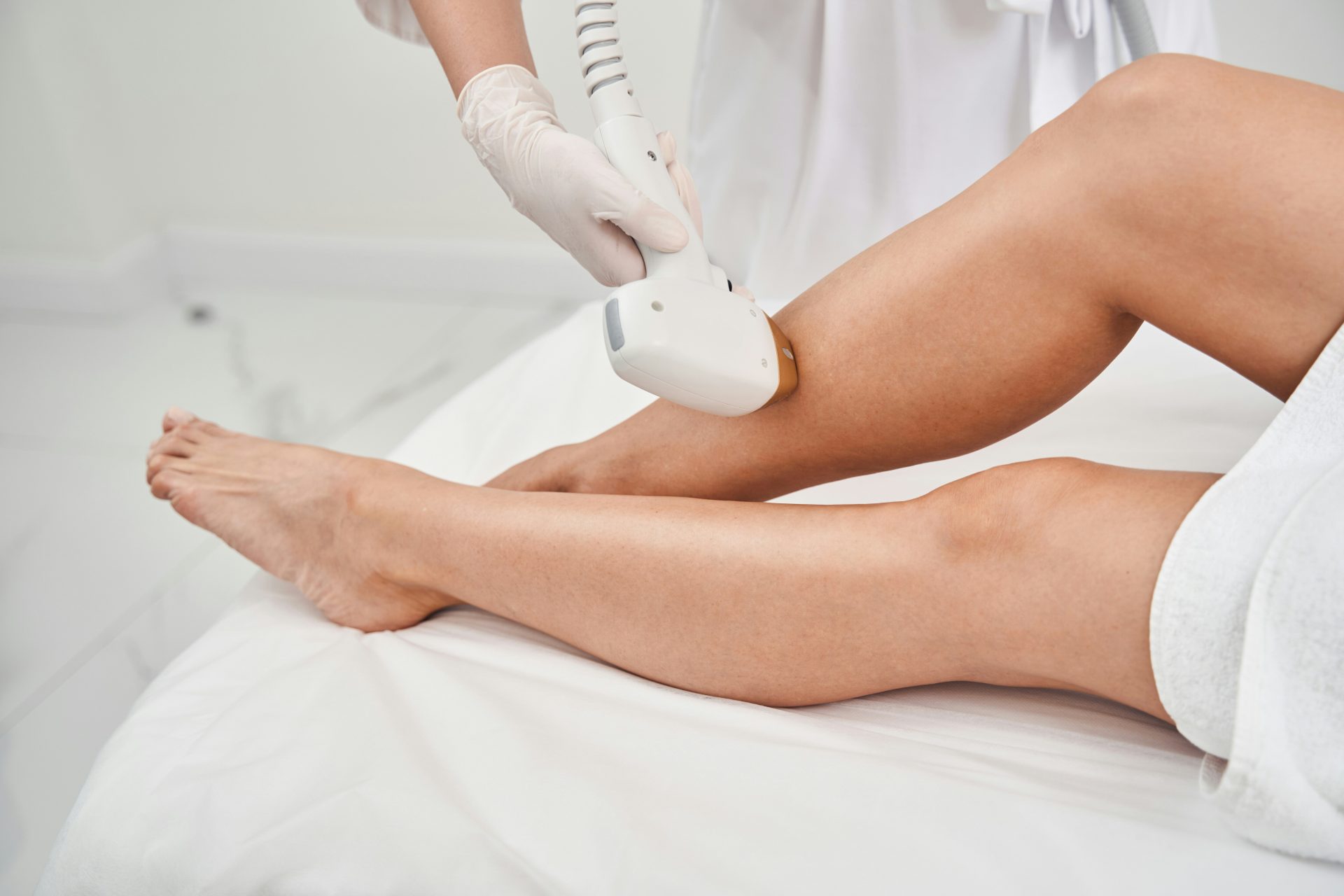Anyone who has recently shaved is probably familiar with the razor bumps or ingrown hairs on the legs and face. Razor bumps are an episode of acne that occurs when hair appears to be growing back into the skin instead of down.
Razor bumps are a common skin problem seen in both men and women and typically occur on the legs, buttocks, and underarms. Razor bumps are often itchy and can cause swelling and pain, especially in those who suffer from them regularly. Since shaving is the most common cause of razor bumps, it is important to understand what causes them and how to prevent them.
CAUSE
Shaving can cause razor bumps because it damages your skin. When you shave, you push your razor against your skin, scraping it off. In order to protect your skin, the skin’s tissues and underlying blood vessels swell, causing redness, itching, and bumps. Once exposed to moisture, the pores open, resulting in an extremely painful bump on the affected area of the user. This bump causes extreme discomfort and needs to be treated with care.
Using a dull razor, shaving against the grain, shaving with excessive pressure, shaving when your skin is dry, shaving too closely, and shaving when your skin is irritated or inflamed can all lead to razor bumps. They are also known as ingrown hairs or pseudofolliculitis barbae
TREATMENT
There are lots of home remedies for razor bumps, including honey, apple cider vinegar, and vitamin E oil, but the best way to treat razor bumps is to contact your doctor. Many doctors recommend shaving with a blade-free electric razor, as these are less likely to cause bumps. To help keep your razor bumps at bay, look for products containing salicylic acid, a skincare ingredient known for clearing up skin.
A simple, inexpensive glycolic acid solution can help you get rid of your razor bumps. The glycolic acid solution works to peel away dead skin cells, revealing fresh new, younger skin beneath. The glycolic acid solution leaves you with a smoother, more even look, and it’s painless – no creams or bandages necessary. Plus, it’s completely natural, so you don’t have to worry about it harming your skin.
Alternatively, put a warm washcloth on the affected area for a few wet washcloths or towels when shaving; it can reduce the irritation and redness that can be caused by shaving minutes; then, wet it again and drape it over your face to provide an extra layer of protection. When the washcloth or towel is warmed up, it will actually relieve the itching and burning caused by shaving.
PREVENTION
One of the most effective ways to prevent razor bumps is to enlist professional help and use their services -you can do this by searching for Hair Removal in Draper, UT (or elsewhere) and booking a session. If you’re doing it yourself, however, then you can prevent razor bumps by shaving your skin in a downward motion, which avoids cutting the hair shaft.
In many clinical settings, laser hair removal is presented as an alternative because it reduces the need to shave frequently and can lower the incidence of ingrown hairs over time. The exact number of hair removal sessions required varies, but most people see significant, lasting reduction after around six to eight treatments spaced 4 to 6 weeks apart.
Individual factors such as hair thickness, skin tone and the specific treatment area will influence that schedule and outcomes. Understanding this timeline helps readers weigh options and set realistic expectations when considering professional treatment for recurring razor bumps.
Razor bumps also occur due to shaving dry, which damages hair follicles and makes the skin more susceptible to irritation. Exfoliating the skin before you shave can help remove dead skin that may be clogging your pores. It also helps soften your skin, making it easier to shave.
Shave with a razor that has a small, thin blade (if the razor is thick and has larger blades, you will have to shave more hair to get the razor to glide across the skin). Clean the blade or razor after each use, and wash your face with warm water after shaving.
Razor bumps can be a very painful condition, especially if they become infected (this leads to more red bumps). Even more painful is that they can be very itchy and must be tended to right away.
There are many ways to avoid or get rid of razor bumps, such as:
- Be gentle. Do not shave too closely to the face.
- Use a shaving cream that has aloe vera and vitamin E in it.
- Do not use the same razor for shaving all the time.
- Do not use a razor on the face more than a couple of times a week.
- Do a hot compress.

